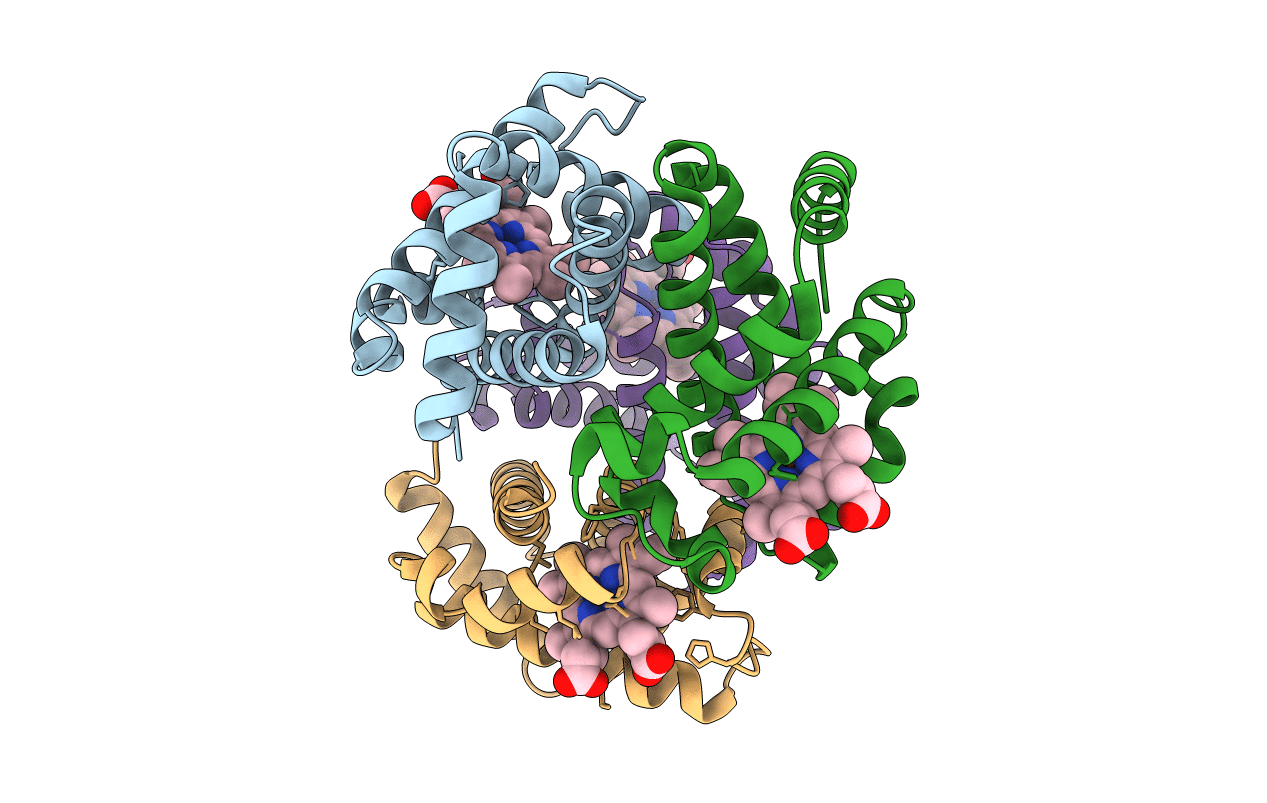
Deposition Date
2003-12-04
Release Date
2003-12-23
Last Version Date
2023-08-23
Entry Detail
PDB ID:
1RQ3
Keywords:
Title:
Crystallographic Analysis of the Interaction of Nitric Oxide with Quaternary-T Human Deoxyhemoglobin, Deoxyhemoglobin
Biological Source:
Source Organism:
Homo sapiens (Taxon ID: 9606)
Method Details:
Experimental Method:
Resolution:
1.91 Å
R-Value Free:
0.19
R-Value Work:
0.16
Space Group:
P 21 21 2


